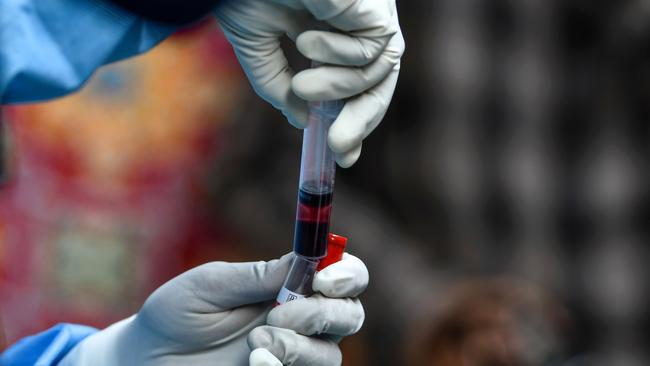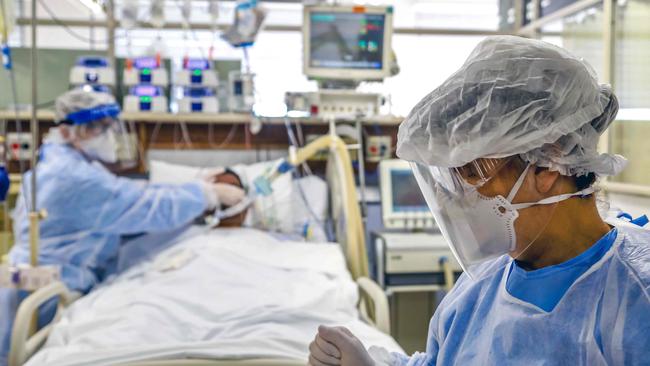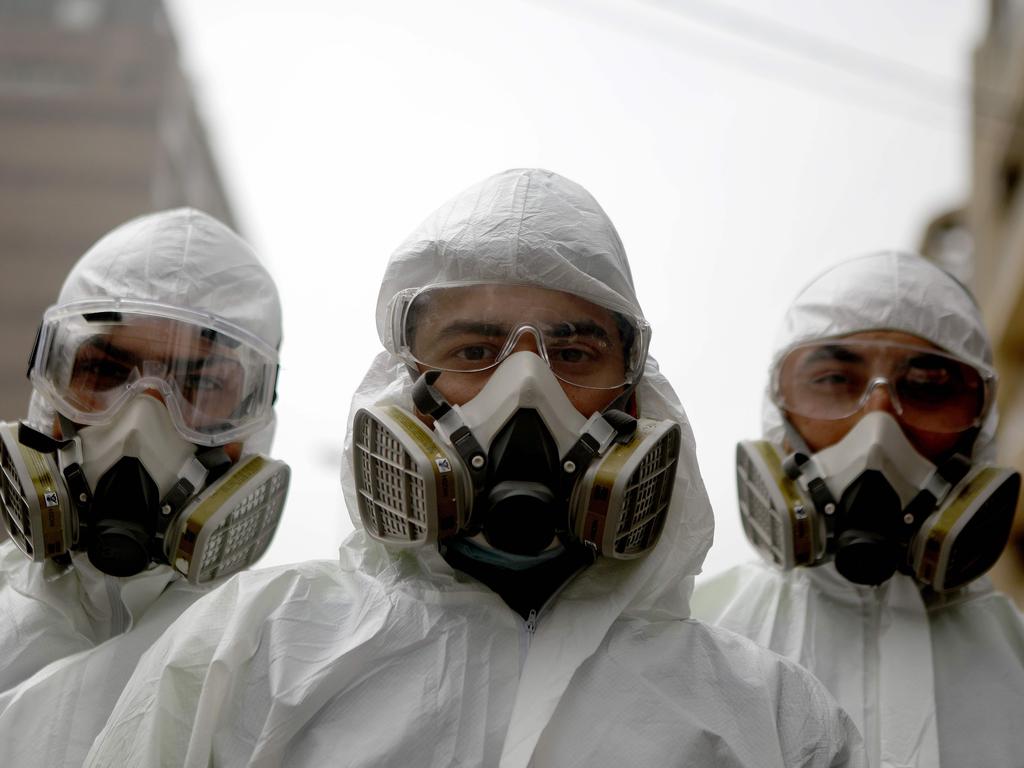Convalescent plasma reduced death rate among COVID-19 patients, study signals
Patients who received earlier transfusions of blood plasma rich in antibodies to the coronavirus show a lower mortality rate.

COVID-19 patients who received transfusions of blood plasma rich with antibodies from recovered patients reduced their mortality rate by about 50 per cent, according to researchers running a large US study.
The researchers presented their data analysis over the weekend in a webinar for physicians interested in learning about so-called convalescent plasma, with data slides that were reviewed by The Wall Street Journal. The researchers said they saw signs that the treatment might be working in patients who received high levels of antibodies in plasma early in the course of their illness. They based their conclusions on an analysis of about 3000 patients.
Patients who at three days or less after diagnosis received plasma containing high levels of antibodies against the coronavirus had a mortality rate of 6.6 per cent at seven days after the transfusion. That compared with a mortality rate of 13.3 per cent for patients who got plasma with low levels of antibodies at four days or more after diagnosis. That indicates reduced mortality of about 50 per cent, the researchers said.
At 30 days after transfusion, the mortality rate was reduced by about 36 per cent, investigators reported.
The sharing of the data comes as the US Food and Drug Administration is nearing a decision to authorise emergency use of convalescent plasma for treating people infected with the coronavirus. The FDA can’t comment on whether it would take such action, a spokeswoman said.
The data were submitted to the FDA, which is sponsoring an expanded-access program led by the Mayo Clinic in Rochester, Minnesota. The Mayo Clinic organised the webinar.
The data have yet to be published in a journal or subjected to peer review. At the webinar presentation, investigators said the conclusions are their own and don’t represent an official government endorsement of efficacy of convalescent plasma.

The FDA can’t comment on the conclusions of the investigators, a spokeswoman said, adding that, as with other medical products, the FDA is assessing “all of the available evidence that could potentially support the use of convalescent plasma for the management of COVID-19.”
There is a long history of using convalescent plasma to treat people during large viral outbreaks, including the 1918 influenza pandemic and the 2014 Ebola outbreak in West Africa.
Many doctors and hospitals are treating hospitalised COVID-19 patients with convalescent plasma under compassionate-use protocols or as part of studies.
The Mayo-led expanded-access program was set up to allow broad and quick access to convalescent plasma, and to ensure the safety of using antibodies from someone who recovered from the coronavirus to improve the immune response of a newly infected individual.
Investigators said they initially thought a few thousand people might receive convalescent plasma through the expanded-access program. More than 53,000 COVID-19 patients have received it to date.
As the number of patients in the study multiplied, investigators began to wonder whether they could detect signs it was working, according to Michael Joyner of the Mayo Clinic, the principal investigator of the expanded-access study.
As part of the analysis, the investigators contacted individual blood-collection centres around the country, which retain small amounts of plasma collected from recovered patients. The investigators analysed the samples and correlated each one to the outcome of individual patients in the study who received them.
Expanded-access studies don’t meet the scientific gold standard of a randomised controlled trial for proving whether a drug or treatment works. Investigators in the Mayo program can’t say with certainty whether plasma caused the improved outcomes because every patient in the study receives it.
Four former heads of the FDA wrote an opinion piece in the Washington Post this week stating that although convalescent plasma is a promising treatment and many patients have been treated with it, issues remain about when and how to use it and “we are not much closer to definitively answering those questions”.
“Convalescent plasma is not available in unlimited supply. Patients who get it are selected for some reason. Lots of those reasons can also affect patient outcomes,” said Mark McClellan, former head of the FDA and one of the authors of the opinion piece.
“There are many examples of observational studies no matter how well done that got answers that were wrong when randomised trials were done,” said Dr McClellan, director of the Margolis Centre for Health Policy at Duke University.
Randomised controlled clinical trials of convalescent plasma therapy are under way, including several studies examining its potential effectiveness in outpatient clinics. At present, only hospitalised patients have access to convalescent plasma.
Donald Berry, a professor in the department of biostatistics at the University of Texas MD Anderson Cancer Centre, who isn’t involved in the convalescent plasma study and reviewed the slides at the Journal’s request, said the data are promising.
“I agree there is a signal of efficacy,” Dr Berry said. “It is pointing in the right direction.”
The FDA is conducting additional studies to make sure any early signal of efficacy remains robust, the investigators said.
The Wall Street Journal







To join the conversation, please log in. Don't have an account? Register
Join the conversation, you are commenting as Logout